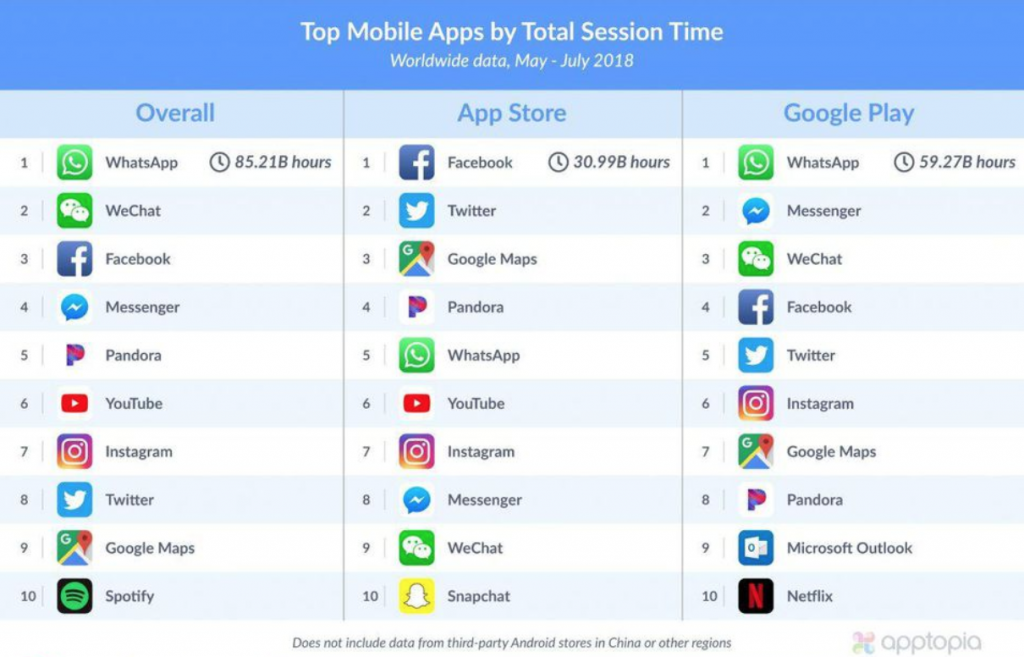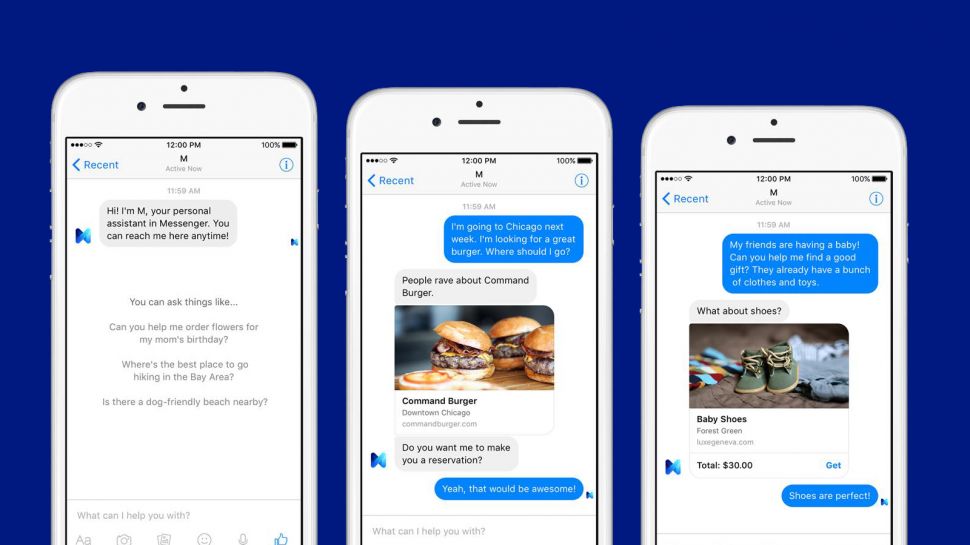
Social Media’s Privacy Rebuild: Where Users Are Going Next
Facebook is no stranger to controversy. After a maelstrom of bad press ranging from poor data privacy practices to election tampering, public trust in the social media giant—and, let’s face it, social media at large—has been irrevocably damaged. While some might think this is finally the death knell for social media, we at Civilian think it’s actually just a catalyst for a shift that is already taking hold among millions of users.
In short: people are moving away from publicly shared content and are instead flocking in droves towards more private conversations. Mark Zuckerberg goes into more detail about Facebook’s response to this shift in a recent blog post. Here’s our take on what he said, and what these recent trends means for marketers going forward.
Private messaging is the next frontier.

A recent study found that over a three-month span, people worldwide spent a collective 85 billion hours in WhatsApp, compared to 30 billion hours spent on Facebook over the same period. Zuckerberg acknowledged these findings, stating that, “People share more photos, videos and links on WhatsApp and Messenger than they do on social networks.”
Tellingly, Zuckerberg is also quoted saying that Facebook’s biggest competitor by far, is Apple’s iMessage.
By prioritizing private messaging as the next big growth avenue, Facebook has initiated a puzzling contradiction. These siloed groups mark a nearly 180 degree paradigm shift from what Facebook originally set out to do: connect people. But when looked at a little more critically, it starts to make more sense. People still want to be connected with others, they just want more control over who they’re sharing with—and moves are already being made to cater to this change in preference.
Facebook-owned,Instagram is also undergoing changes. The famously mobile-exclusive app is now rolling out a desktop version of the Direct Message feature in order to compete directly with applications like iMessage, which has a widely adopted desktop version. Seamless integration of mobile and desktop messaging is clearly a top priority for big tech.

Apple is also squarely in this fight with numerous iMessage additions. Most recently it’s been Stickers, but over the past couple years they’ve introduced Reactions and Message Effects within iMessage to add customization to the way people interact in private groups, giving it more and more of a “social media” feel. The one thing all these big players have in common is trying to distinguish themselves as the service with the most favorable features for personal conversations.
It feels in many ways like a rebirth of social media. In the early days of Facebook (or if you can even remember it, MySpace), the platform’s popularity exploded because it was a place away from parents or prying eyes where you could share content and life updates directly with friends. With social media’s ubiquity today, that exclusivity, or “cool factor,” has evaporated. But people will always enjoy communicating with close friends. Whether or not users will encounter the same privacy and data pitfalls with group messaging as they have on social media remains to be seen.
So, where does this leave us marketers?

For starters, social media as we know it is far from dead. Just under 80 percent of the world’s 4 billion active internet users are social media users. Despite all the controversy surrounding Facebook and social media at large, advertisers are still getting the most bang for their buck on social media, and spending on social ads has steadily increased over the past several years. This is largely due to the addition of countless new ad formats and unbeatable targeting capabilities on a budget which leads to a highly competitive ROI.
Moving forward, experts are still projecting a large amount of growth in ad spend on social media video content, specifically within long form video content uploaded natively to social. There are also options for ad formats which are served directly within Facebook Messenger, and potentially on WhatsApp in the near future. However, we can’t just consider the problem solved simply by serving ads where people are migrating.
In the long run, marketers should be wary of why this shift is happening, and preparing for it. Social media users are increasingly sensitive to how their personal data is being used, and dropping an ad in between their group chats won’t work for everyone. The underlying takeaway is the growing importance of personal experiences. In order to succeed in this realm, marketers need a simultaneously proactive and reactive approach.
The proactive portion comes from having a deep understanding of who your audience is, and how they will be interacting with your brand. With that in mind, marketers can design more customized messages and user journeys that create a more personal feel. This can be done by creating content that caters to various interest categories within your larger audience, and then understanding which touch points their journey moves through to get to the ultimate conversion. A specific message from a certain paid social ad should have continuity on the respective landing page. The same goes for a specific email message, SEM listing, etc. Brands can also lean into the messaging trend by designing content that plays off being privately shared. For instance, Instagram content is easily shareable within direct messages. Consider designing content that prioritizes asking your friends what they think instead of standard “Buy Now” or “Learn More” calls-to-action.
The reactive portion comes from setting up channels that allow for one-on-one communication. A customer service representative is the ideal choice here. However, chat-bots have been the buzzword of choice for a while, and they can be extremely convenient if in-person service is not possible. Ultimately, you’re trying to build personal relationships between one person and your brand.

Online behaviors are always going to be a moving target. But today, the general shift is away from the digital town hall and more into the digital living room. People value time spent and content shared with close friends in private settings. This doesn’t need to be seen as a threat edging out business. In fact, much of the content being shared in these private spaces is created by businesses in some form or another. Whether it’s a news outlet, vlogger video, meme account, influencer, or anything in between, there is still a huge opportunity for brands to create content and experiences that are shared by millions; it just may be through a group chat with a funny name instead of on someone’s wall. By taking steps now to align with this shift in user preferences, marketers can ensure their brand stays in the conversation.